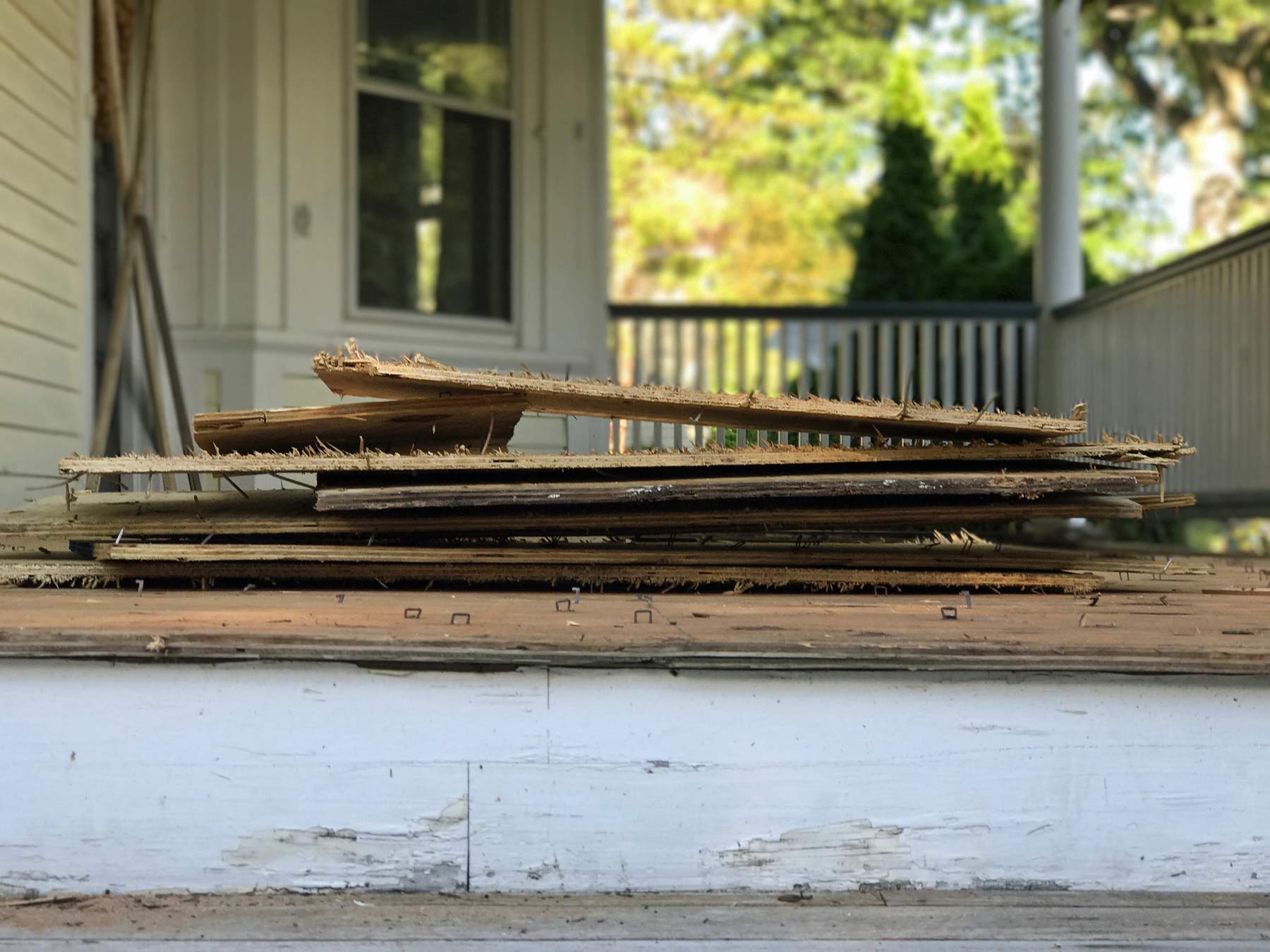A perk of practicing real estate is the Broker Open. This is when agents debut new listings or listings with a recent price modification or renovation of some sort or another to their colleagues. As a lover of historic homes, it’s such a treat. My husband calls it an occupational hazard. I sometimes fall really hard and suddenly find myself daydreaming about selling No. 139 Maplewood Ave and moving. Most daydreams are fleeting, but recently I couldn’t let go of one.

The culprit was a shingle-style Colonial home that built in the Victorian era. It was perfectly restored in most rooms; she was one lucky home. It’s current and previous homeowners respected her historic character and restored it beautifully. It even had push-button light switches. With the exception of some wall-to-wall broadloom that needed to be pulled up, this home was glorious!
If you follow my blog, you know about my obsession for restoring old homes or at least hiring restoration-conscious crews who can help me bring them back. Restoration requires more than just hiring an architect and a contractor. It also requires research in order to get it right or at least provide some semblance historical integrity. I admit, sometimes, it can be daunting, especially when budget and time are factored in.
And there is something so nice about moving into a home that’s done. This house – oh I loved it. I wanted it. I even got Gary to visit. He never does that. And so we made a pro and con list. The main variables were location, commute to NYC, ROI on No. 139 Maplewood Ave’s much needed restoration, time to complete said projects, and leaving our hip little village of Maplewood, NJ.
As a Realtor, logic tells me that sometimes it’s better to buy a home that has already been renovated or restored in a way that the buyer can live with, rather than staying in the current home and spending the cash to make it so. Why? It’s next to impossible to get a 100% ROI for home renovations or restorations. When you add that expense to yearly maintenance and unexpected projects, like a rotting front porch, it adds up quickly.
If the homeowner puts his or her her money into “moving up”, it’s generally a better overall investment. And since the purchase of real estate is one of the biggest financial decisions a homeowner will make in his or her lifetime, it’s easy to see why.
Then there is the hopeless romantic in me. The research, the planning, the project management, the bringing back to original grandeur, the interior design – I love all of it. There’s something so appealing about buying a fixer-upper and making it your own. But you know what? The “Diamond in the Rough” can be a great investment too. A buyer who purchases a home in neighborhood that would normally be out of financial reach can be a smart move. Just be careful before you purchase.
Hire a contractor to understand your expenses and budget accordingly. Figure out how long it will take vs. the amount of time you intend to live in the home. And remember that your ROI could be wiped out if the project goes over budget because of mistakes or restoring an old home will always come with unforeseen issues. It’s kinda like a surgeon conducting exploratory surgery. You have no idea what you’ll find before you look inside. Even the most experienced contractors won’t be able to tell you exactly what is needed. So plan for that too by earmarking 10% to 20% of your budget. That way, the surprises will hurt less.
So in the end, location, the love of our home and town, and perhaps most of all, our desire to make No. 139 a true showpiece, won out.
